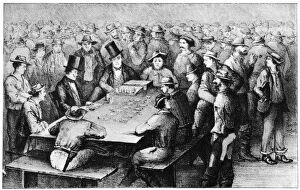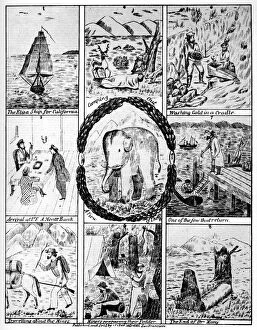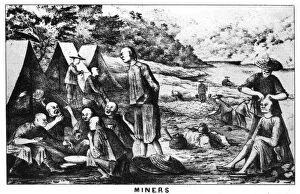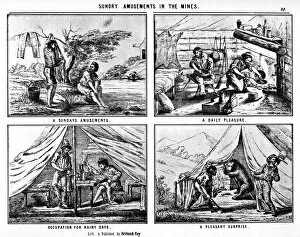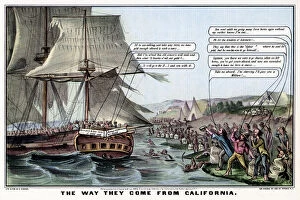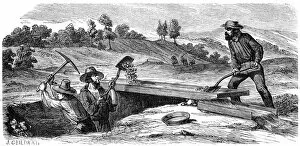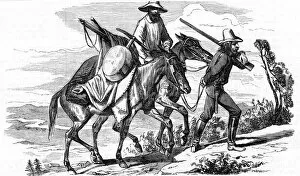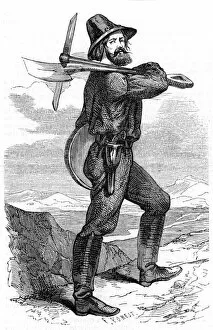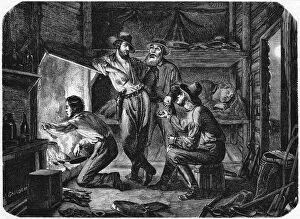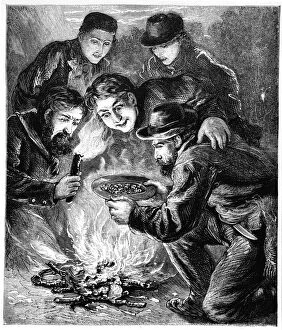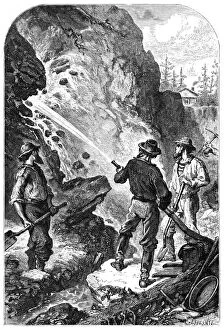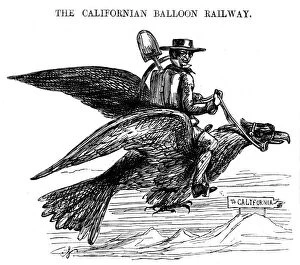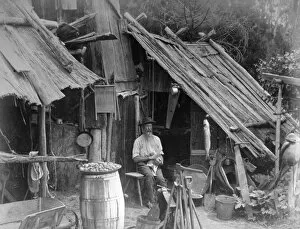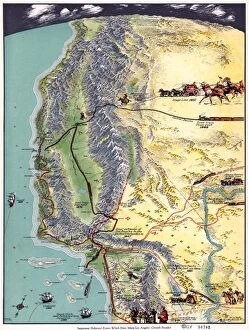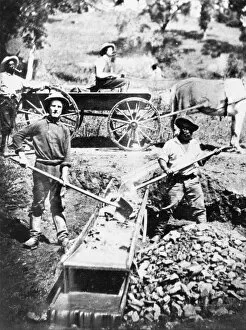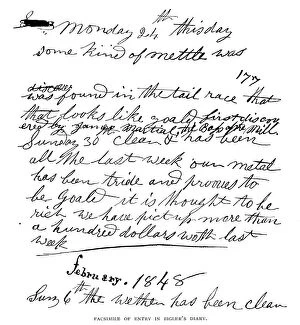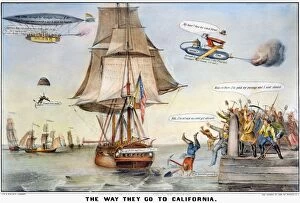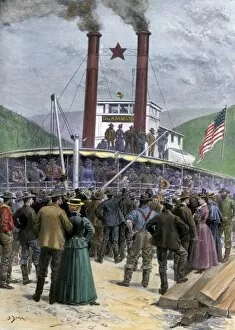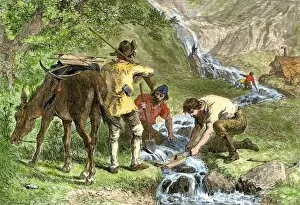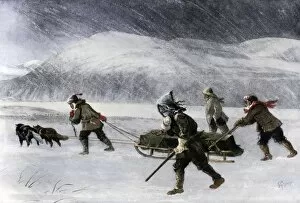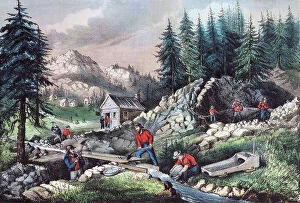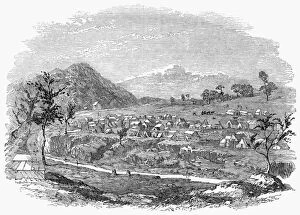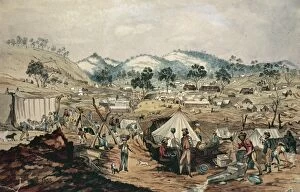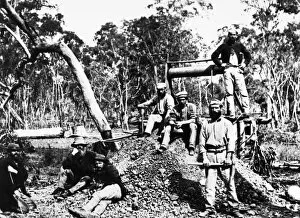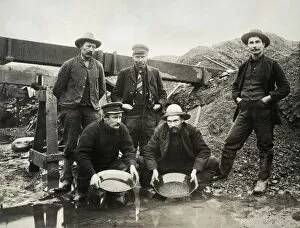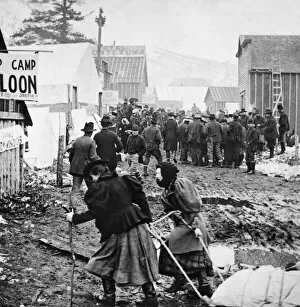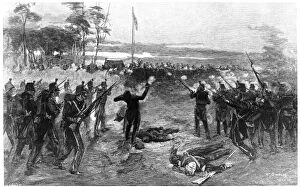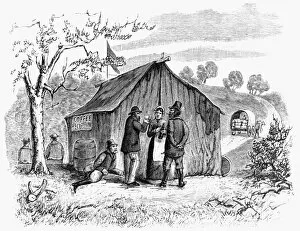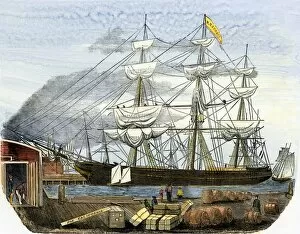Gold Rush Collection (page 8)
The gold rush phenomenon captivated people around the world, from Australian Gold Rush prospectors in the 1850s to Leadville, a Colorado boom town in the 1870s
For sale as Licensed Images
Choose your image, Select your licence and Download the media
The gold rush phenomenon captivated people around the world, from Australian Gold Rush prospectors in the 1850s to Leadville, a Colorado boom town in the 1870s. The allure of striking it rich drew countless individuals to venture into uncharted territories, hoping to uncover precious nuggets and change their lives forever. In California, where dreams were made and shattered alike, lithographs by Currier & Ives immortalized the chaotic scenes of gold mining in 1871. West Coast towns like Jacksonville in Oregon became bustling hubs as fortune seekers flocked to these promising lands. Even Hollywood couldn't resist the charm of this historical event. In Charlie Chaplin's iconic film "The Gold Rush" from 1925, he humorously portrayed a prospector resorting to eating his own shoe out of desperation - a comical representation of the lengths people would go for that elusive treasure. Sutters Mill holds significant importance as it marks the site where California's first gold discovery took place. It was here that James Marshall stood proudly before Sutters Mill in 1850, forever etching his name into history as an influential prospector. Panning for gold became synonymous with this era; hopeful miners meticulously sifted through riverbeds and streams with pans in hand, praying for that glimmering yellow metal to reveal itself. This laborious process symbolized both determination and uncertainty - each stroke bringing them closer or further away from their ultimate goal. A land-rush frenzy gripped America during this time period; crowds anxiously waited for their chance at staking claim on new territory. The promise of untapped riches fueled their anticipation while also highlighting how quickly fortunes could be won or lost within these newly opened frontiers. Contemporary colored engravings depicted California gold miners hard at work during this transformative era. Their perseverance amidst harsh conditions showcased not only their unwavering spirit but also shed light on the immense sacrifices made in pursuit of wealth.


